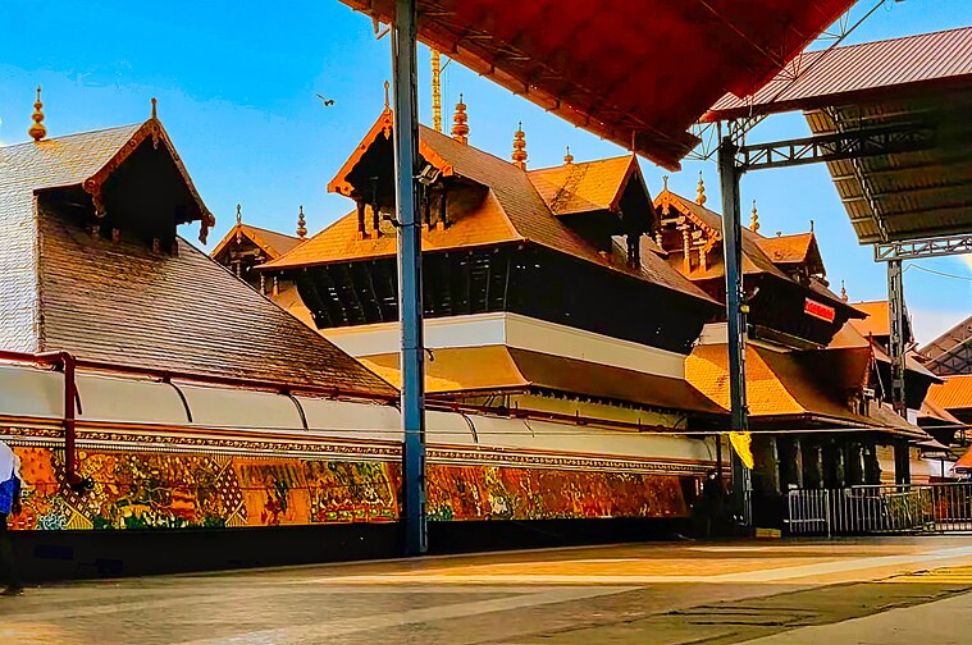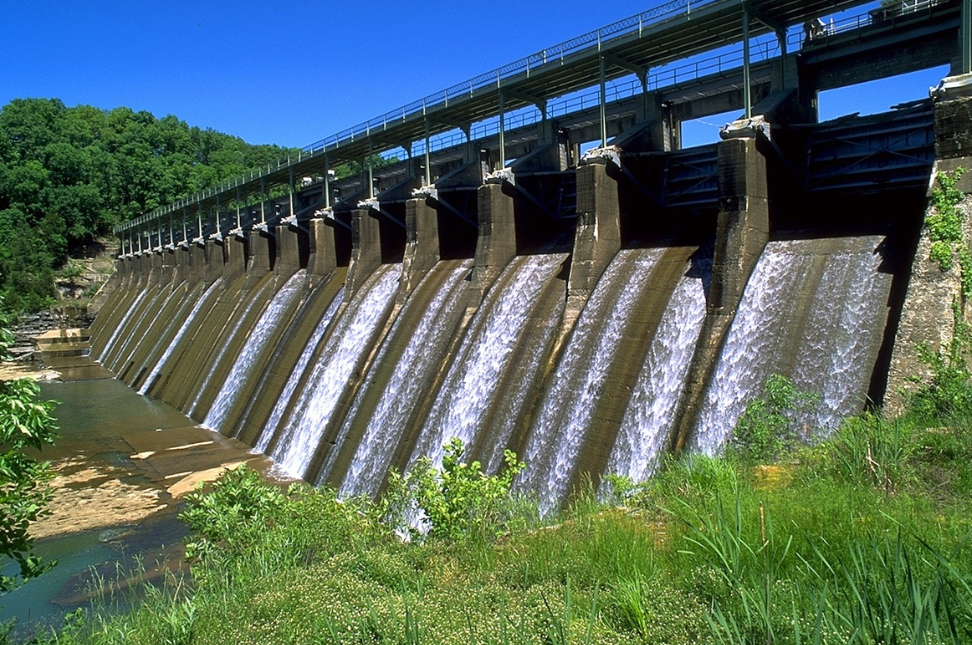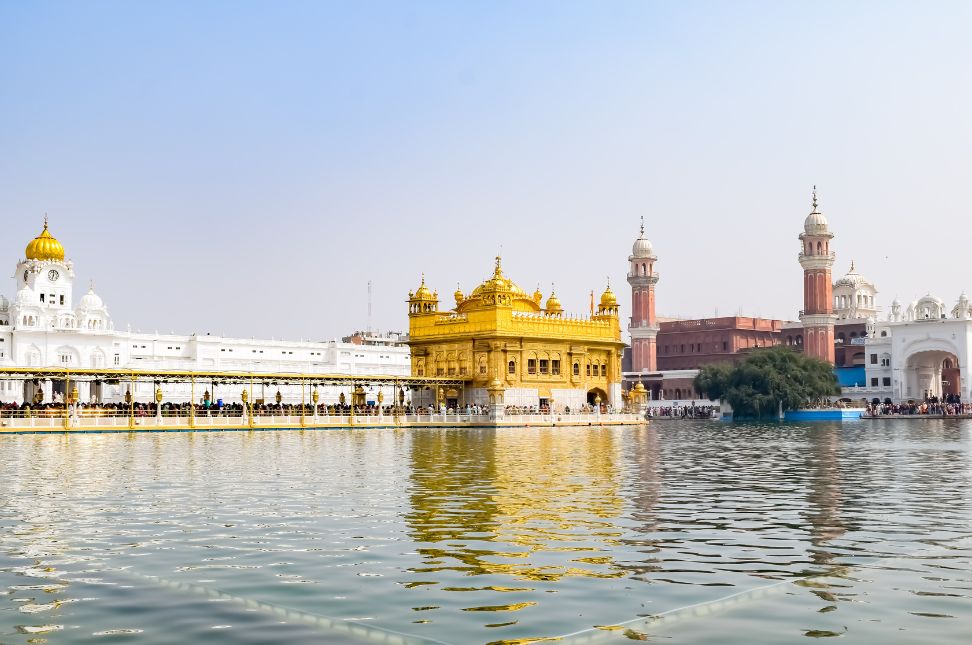Kerala temples are known for their unique architecture, rich history, and deep spiritual significance. Located in the southernmost part of India, the state of Kerala has an abundance of temples that reflect the region’s cultural diversity and religious devotion. These temples are not just places of worship but also represent the architectural brilliance and traditions of Kerala, making them popular among devotees and tourists alike.
From the majestic Padmanabhaswamy Temple in Thiruvananthapuram to the serene Ambalapuzha Sree Krishna Temple, Kerala temples are spread across the state, each with its own distinct story and significance. In this article, we will explore some of the most iconic Kerala temples, their cultural importance, and why they continue to draw people from around the world.
The Architectural Brilliance of Kerala Temples
One of the first things that stand out about Kerala temples is their distinct architectural style. Unlike temples in other parts of India, Kerala’s temples follow traditional Dravidian architecture with sloping roofs made of tiles, wood, or copper. This architectural style is not only aesthetically pleasing but also designed to withstand Kerala’s heavy monsoon rains.
Temples in Kerala are usually surrounded by lush greenery, providing a tranquil setting that enhances the spiritual experience. The sanctum sanctorum, or “Sreekovil,” is the central part of the temple where the deity is housed. It is usually a small, square-shaped structure made of granite or laterite stone.
Intricate carvings, murals, and wooden sculptures further adorn these temples, making them both spiritual and artistic marvels. The temple complexes often include large courtyards, flagposts, and tanks for ritual bathing.
1. Padmanabhaswamy Temple: The Richest Temple in the World
The Padmanabhaswamy Temple in Thiruvananthapuram is one of the most famous Kerala temples and holds the distinction of being the richest temple in the world. Dedicated to Lord Vishnu, the temple is an iconic representation of the Dravidian style of architecture and is revered by millions of devotees.
The temple made headlines globally when a hidden treasure worth billions was discovered in its underground vaults. This wealth is believed to have been accumulated through centuries of donations by kings and devotees. The statue of Lord Vishnu, reclining on the serpent Anantha, is a sight to behold, stretching over 18 feet long.

Apart from its wealth, the temple is a significant spiritual destination for devotees of Lord Vishnu and remains one of the must-visit Kerala temples for both pilgrims and tourists.
2. Sabarimala Temple: A Pilgrimage Like No Other
Sabarimala Temple is another iconic temple in Kerala, dedicated to Lord Ayyappa. Located in the dense forests of the Western Ghats, this temple attracts millions of pilgrims every year, particularly during the Mandalam season between November and January. The pilgrimage to Sabarimala is unique as it requires devotees to observe a 41-day fasting ritual, known as “Vratham,” before making their journey.
The temple is known for its inclusive approach, allowing devotees from all castes and religions to participate in the pilgrimage. However, only men and women above the age of 50 are permitted to enter the temple, as Lord Ayyappa is believed to have taken a vow of celibacy.
Sabarimala is one of the most challenging pilgrimages, with devotees trekking through dense forests and hills to reach the temple. The temple’s location and spiritual significance make it one of the most revered Kerala temples.
3. Guruvayur Temple: The Dwaraka of the South
The Guruvayur Temple is often referred to as the “Dwaraka of the South” and is one of the most important Kerala temples dedicated to Lord Krishna. The temple is located in the town of Guruvayur and is a major pilgrimage center for devotees of Lord Krishna. It is said that the idol of Lord Krishna here is over 5,000 years old, making it an ancient and sacred site.
Guruvayur is known for its daily rituals and special poojas, with thousands of devotees visiting the temple each day. The “Krishnattam” dance-drama performance, depicting the life of Lord Krishna, is one of the key attractions at the temple.

Despite its religious significance, the temple continues to be one of the most popular Kerala temples.
4. Ambalapuzha Sree Krishna Temple: Famous for Its Sweet Offering
Located in the Alappuzha district, the Ambalapuzha Sree Krishna Temple is another notable Kerala temple. This temple is dedicated to Lord Krishna and is known for its delicious offering of “Palpayasam,” a sweet rice pudding made with milk, sugar, and rice. Devotees believe that the offering has divine blessings, and it is a major reason why many people visit the temple.
The temple’s architecture is simple yet elegant, with a serene atmosphere that adds to the spiritual experience. The Ambalapuzha Temple is also known for its association with the famous 16th-century poet Thunchaththu Ezhuthachan, who is considered the father of the Malayalam language.
5. Thirunelli Temple: Nestled in Nature’s Lap
Situated amidst the beautiful Western Ghats, the Thirunelli Temple is another significant Kerala temple dedicated to Lord Vishnu. Located in the Wayanad district, this temple is surrounded by thick forests, providing a peaceful and serene environment. Thirunelli is also known as the “Kashi of the South,” and it is believed that a dip in the Papanasini River near the temple can wash away one’s sins.
The temple is renowned for its ancient rituals, including the performance of ancestral rites. For devotees seeking both spiritual peace and natural beauty, the Thirunelli Temple offers a unique combination of devotion and serenity.
6. Ettumanoor Mahadeva Temple: A Tribute to Lord Shiva
The Ettumanoor Mahadeva Temple is another important Kerala temple, this time dedicated to Lord Shiva. Located in the Kottayam district, the temple is famous for its beautiful murals, particularly the painting of “Nataraja” (Lord Shiva as the cosmic dancer) on the inner walls of the temple. This mural is considered one of the finest examples of Kerala’s traditional art.
The temple hosts an annual festival, the Ettumanoor Utsavam, which attracts a large number of devotees and tourists alike. The temple’s architecture and the spiritual significance of its rituals make it one of the most visited Kerala temples.
Importance of Rituals and Festivals in Kerala Temples
Rituals and festivals play a crucial role in Kerala temples. Each temple follows its unique set of daily rituals, which include offerings, poojas, and aarti ceremonies. The festivals, especially temple festivals like Thrissur Pooram and Attukal Pongala, draw large crowds of devotees and tourists from all over the world.
During these festivals, temples are decorated with lights, and cultural performances such as Kathakali and Theyyam are organized. These celebrations highlight the rich cultural heritage of Kerala and its deep-rooted connection with spirituality.
The Role of Kerala Temples in Ecotourism and Cultural Preservation
Apart from their religious importance, Kerala temples also play a vital role in promoting ecotourism and preserving the cultural heritage of the region. Many temples are located in pristine natural settings, making them perfect destinations for those who want to explore both spirituality and nature.
Temple tourism is a significant part of Kerala’s travel industry, contributing to both local economy and cultural preservation. Visitors from around the world come to experience the peace, beauty, and history of these sacred spaces.
Conclusion
Kerala temples are not just religious landmarks but are also cultural and architectural treasures. From the grandeur of Padmanabhaswamy Temple to the serene surroundings of Thirunelli, Kerala temples offer a unique spiritual and cultural experience for devotees and tourists alike.
With their stunning architecture, rich history, and deep spiritual significance, these temples continue to be a major draw for visitors from across the globe. Whether you’re seeking spiritual solace or looking to explore Kerala’s rich cultural heritage, the temples of Kerala offer a journey like no other.




